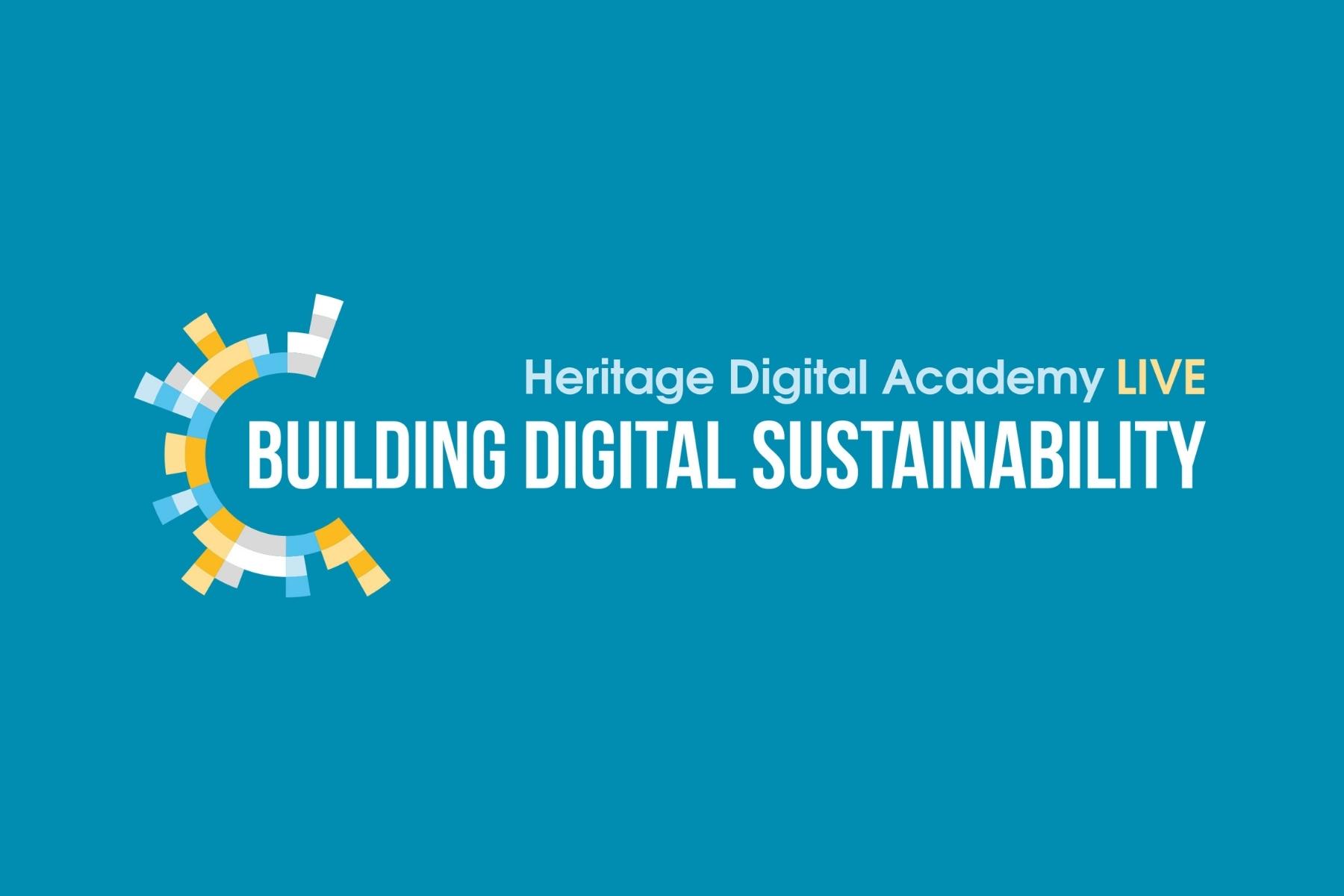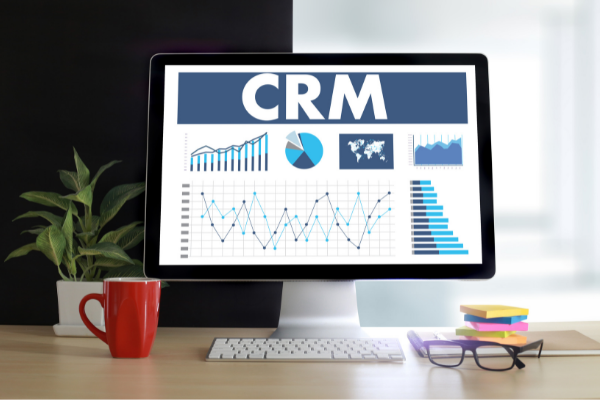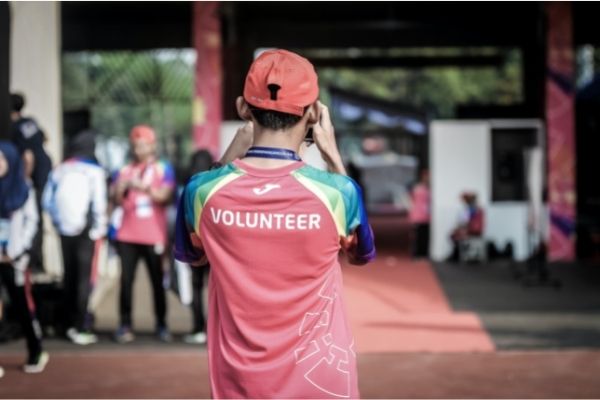Guide to choosing a CRM system
A CRM system can be a major investment for any organisation. Our in-depth guide offers all the information you need to make an informed choice
For any organisation, choosing a CRM system can be a major investment and heritage organisations are no different. Making an informed and educated decision is key to ensuring you choose the right CRM.
With declining giving leading to a loss of income in the wake of the COVID-19 pandemic, it’s essential for charities to find supporters and engage new donors; while creating more meaningful connections with the ones they already have. The right CRM system for charities can do exactly this.
But if you’re completely new to having a CRM system, or are long overdue an upgrade, the process of identifying your ideal solution and getting the procurement ball rolling can seem overwhelming- where do you start?
Read on for our step-by-step guide, with case study examples throughout.
In this article you’ll find:
- What is a CRM system?
- The benefits of CRM for fundraising
- Identify your goals
- Select your project team
- Get everyone onboard
- Gather requirements
- Pick the right vendor
- Next steps and further resources
What is a CRM system?
A CRM system, or Constituent Relationship Management system for charities, provides an organisation with a central database to record, manage and analyse the complex web of relationships it has with its donors, supporters, funding sources, potential prospects and any other connections.
By having all your charity’s various interactions go to a central place, you can keep track of everything easily, discover patterns and completely new insight, automate what would not be possible to do manually, segment your donors and communicate much more effectively with them.
By offering increased functionality around data analysis than a simple donor management system, CRM systems are designed to optimise these interactions, enabling organisations of all sizes to more intelligently use data to meet their goals and enhance the way they work - ultimately helping them to grow.
Charities of all sizes can potentially benefit from a CRM system, as we explained in our recent article – ’Top 5 lesser-known benefits of CRM systems for small charities’.
Popular CRM systems for charities include:
- Access thankQ
- Salesforce for Nonprofits
- HubSpot
- Microsoft Dynamics CRM
- Blackbaud CRM
- Raiser’s Edge NXT
- eTapestry
The benefits of CRM for fundraising
A CRM system can help charities deliver more robust and effective fundraising and charity operations by:
- Managing multiple income streams for more visibility and control
- Managing fundraising campaigns effectively over longer periods across email, social media, the web and events
- Improving the quality and relevance of all a charity’s communications
- Creating digital campaigns that are targeted, personalised and therefore more likely to see positive engagement
- More quickly and accurately reporting on programme activity, donor engagement and impact for funders and other stakeholders
In a sudden economic downturn such as the one we are facing now, charities are having to quickly adapt to new revenue streams and put a sharp focus on the effectiveness of their fundraising strategies, with income becoming an overriding concern.
Investing money in a new tool like a CRM system at this might seem counter-intuitive, but as Rita Chadha, chief executive of the Small Charities Coalition, recently advised: “Charities need to think about the short term, medium term and long term. We are going to come out of this at some point, so bear in mind what your charity is going to look like then. What is your charity going to need to deliver to stay relevant to its mission?”
Survival depends on staying relevant with donors and supporters and the sustainability of these relationships. Having a CRM system in place is a long-term investment that allows charities to increase the effectiveness of their fundraising over time, as they learn more about their donors and grow their data.
Case study:
In this video, Midlands Air Ambulance explains how they’ve doubled their income in some of the counties in which they operate by using Microsoft Dynamics CRM.
A CRM project preparation checklist:
Identify your goals
The first step in any CRM implementation project should be to outline your main objectives. This is your ’why’ and it will provide your focus throughout the whole process.
As well as helping guide set key requirements in your choice of vendor and system, clear goal-setting will help you when it comes to articulating to the board or your organisation’s directors why the investment in a CRM system is needed, and how the current set-up is hampering your efforts. Once you know what you want to achieve, it’s easier to see whether the system you’re assessing will deliver a return on investment.
The overarching questions at this stage should be:
- What are the biggest problems we face with our fundraising?
- What specific fundraising goal do we want to meet (and what’s stopping us)?
- What are our most inefficient processes and what do we want to improve?
Case study:
In this CRM case study from the Woodland Trust, the charity talk about how they needed to prevent over-communicating with its members and supporters, with data fragmented across a number of different systems.
By bringing in the CARENG CRM system, they aimed to unify this data into one view, so the charity could target its communications with the ultimate goal of engaging each supporter to donate towards the local causes they care about, instead of sending out mass communications.
Select your project team
Choosing the right team to lead your CRM implementation project from the outset is really important. This will ensure that you have people on board that can represent the strategic priorities of the organisation, preventing you from getting pulled in multiple directions and keeping you focused on your goals.
Ask yourself:
- Who should be accountable with the board and communicating with the supplier?
- Who needs to be involved in the purchasing decision?
- Who will need day to day access to the system?
- Do we have someone to represent the priorities of each team in the organisation?
- Who has the skills to understand data, or who is likely to be a data ’champion’?
From this, you will establish the key people who need to be involved. It’s a good idea to appoint a project manager and a team of ’subject matter experts’ from each department that needs to be represented.
Data skills may need to be outsourced, but it’s important to have a team who at least understand the value of what data can do for your charity.
Case study:
Prior to having a centralised system, horse charity Greatwood had a number of data silos, with each team working independently. After bringing onboard Harlequin CRM they were able to work more collaboratively by bringing together teams including fundraising and service delivery, leading to more effective fundraising.
Internally, they were able to create tailored views to facilitate how different teams work, so that teams could have access to only the modules and records they needed.
Get everyone on board
Bringing a new CRM system into your organisation can be a big change, which is why communicating your plans to the rest of the organisation and helping to nurture a positive ’culture’ around digital is just as crucial as having a core project team to handle the logistics.
Strong communication with the tech’s intended users is always the backbone of any successful new project, and means they’ll be more likely to want to learn and use the new system once it’s up and running, so it’s less likely to be left unused.
Involve as many of the end users as possible early on and ensure they feel their needs are heard, communicate regular updates as things progress, and make sure training is a priority for anyone who needs it - a successful CRM project needs to take into account all types of users, not just the most tech-savvy.
Case study:
When housing charity Framework brought onboard Access’s ThankQ CRM the vendor made sure they invested in training all members of the team to use the system, including volunteers, involving them from the outset rather than expecting a few individuals to pass on the knowledge.
While the ’top-down’ approach works in some instances, where select users show others how to navigate the system, sometimes different teams need specific training the get the most out of a new system.
Gather requirements
Putting together a full list of requirements can be daunting, but this checklist will give you an idea of where to start in identifying the exact features and functionality you’ll need:
- Do you need your solution to be cloud-based or on-premises?
- Will you need to access the system from remote desktops or mobile devices?
- How many users will there be? Will this change over time?
- Can you use an out-of-the-box solution specific to the non-profit sector, or need to build something completely bespoke for your needs?
- If the system isn’t built from scratch for your organisation, how configurable will the system be, and is there be the ability to create new functionality when required?
- Will the system be able to incorporate the data fields you need, and have them interact how you need them to?
- Can the system integrate with other software your charity uses, such as finance and email?
- Will the system be able to incorporate the data sets you want to analyse?
- Are there features for things such as batch data entry and data export?
- Does the system have the features we need for segmenting, scheduling and automating communications?
There are also some charity-specific questions to ask such as:
- Will you have the ability to process direct debits?
- Is there integration with online giving via your website and social media?
- Do you need to automate Gift Aid?
- Do you need to track and manage legacy giving?
- Do you need volunteer management functionality?
- What about event management?
Case study:
Education charity Camfed chose CRM platform Salesforce for Nonprofits because the system is highly customisable and they knew would be able to develop it over time as their needs evolved.
They ended up moving away from their third-party finance system integrated with Salesforce, to a system built on the Salesforce platform itself which provides a single view of transactional data on its programmes.
Case study:
Having never had a CRM system before, Birmingham Royal Ballet knew they didn’t want anything overly complex features that would end up sitting largely unused. They went with Advantage NFP Fundraiser for its user-friendliness and customer support.
Picking the right vendor: what to ask
The right features, while important, won’t secure the success of any CRM project alone. A CRM system is a partnership between two organisations - you need to be confident that the vendor you choose has a good understanding of your organisation, your objectives and how you work, both during implementation and after the new system is up and running.
- Look for vendors with charity sector experience
- Research the market and speak to as many other similar organisations as possible – any good vendor will be able to put you in touch with their customers, who will be able to vouch for their track record
- Put together an ROI (return on investment) proposal with help from the vendor
- Ask vendors about the training and ongoing support they offer, establish what the appropriate level of support would be, and check whether this is part of the cost
- Ensure the vendor helps you identify the lifetime costs of the product, including any maintenance, upgrades or functionality you might want to add later
- Your CRM system is a long-term investment: check that there will be regular updates from the vendor and that the software will be continued over time
- Ask for an implementation timeline or roadmap and ensure it fits with your schedule
- Ask for a demo or trial run, and find out what user testing the vendor undertakes
Case study:
Breast Cancer Care chose Blackbaud CRM in part because they were impressed by the vendor’s success stories of other charities with similar user needs and objectives.
Next steps and further resources
So your charity is ready to take the plunge with a CRM system to boost its fundraising – here is some recommended reading for your next steps:
- Find out more on using CRM data to target donors, with tips on data segmentation and analysis
- This free eBook from charity software partner Blackbaud breaks down the process of choosing and implementing a CRM into easy steps, so charities can be confident they have ticked all the right boxes on their CRM journey
- Charity Digital’s eBook in partnership with Salesforce.org takes a look at the CRM trends behind charities’ purchase decisions in 2020. You can also take a look at the accompanying infographic
- Charity Digital’s guide to some of the top CRM systems for charities is helpful for narrowing down your choice of vendor
- We also recommend ’Five reasons why charity CRM projects fail’ and ’From 0 to Salesforce: 4 lessons from implementing the CRM platform’
How tech can be used to strengthen a story and broadcast it to more audiences
Heritage Digital Academy LIVE: Building Digital Sustainability
Digital Guide: A guide to choosing a CRM for heritage organisations
Digital Guide: Digital Marketing Strategy Guide
Digital guide: Working with volunteers: Copyright considerations
Funded by the National Lottery Heritage Fund














